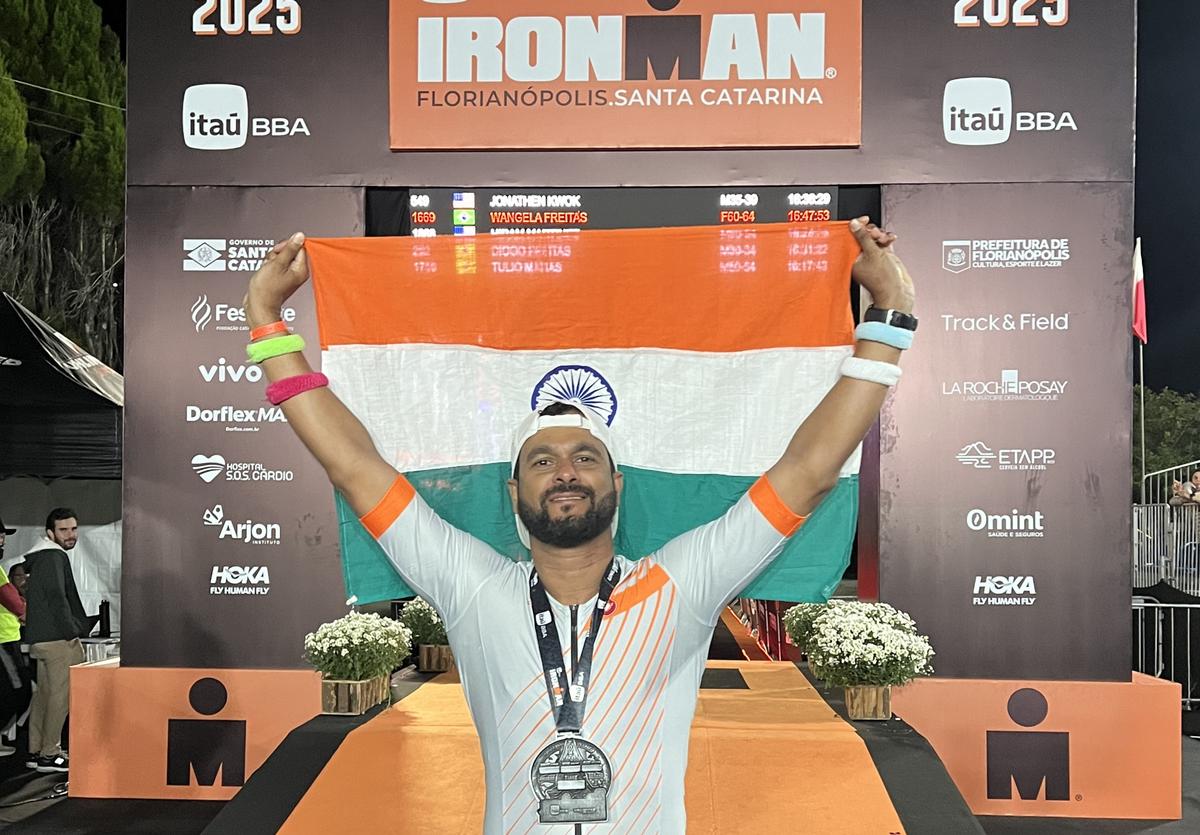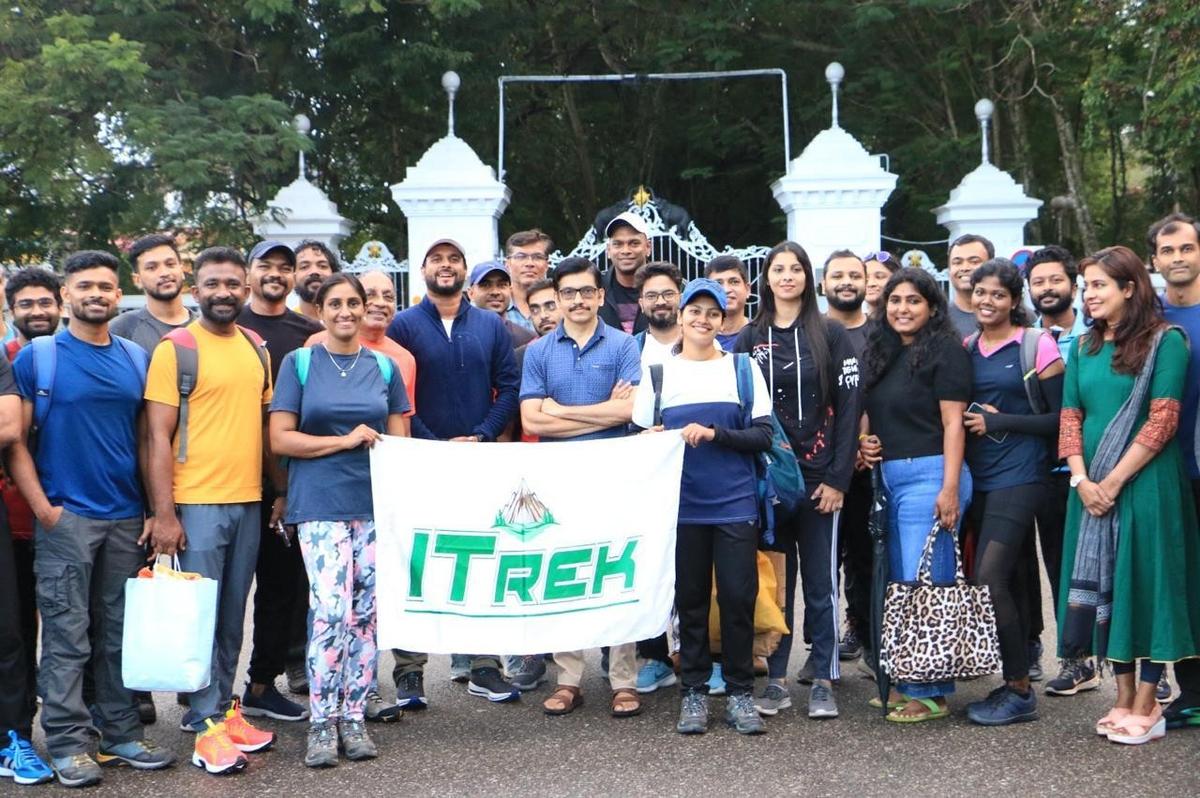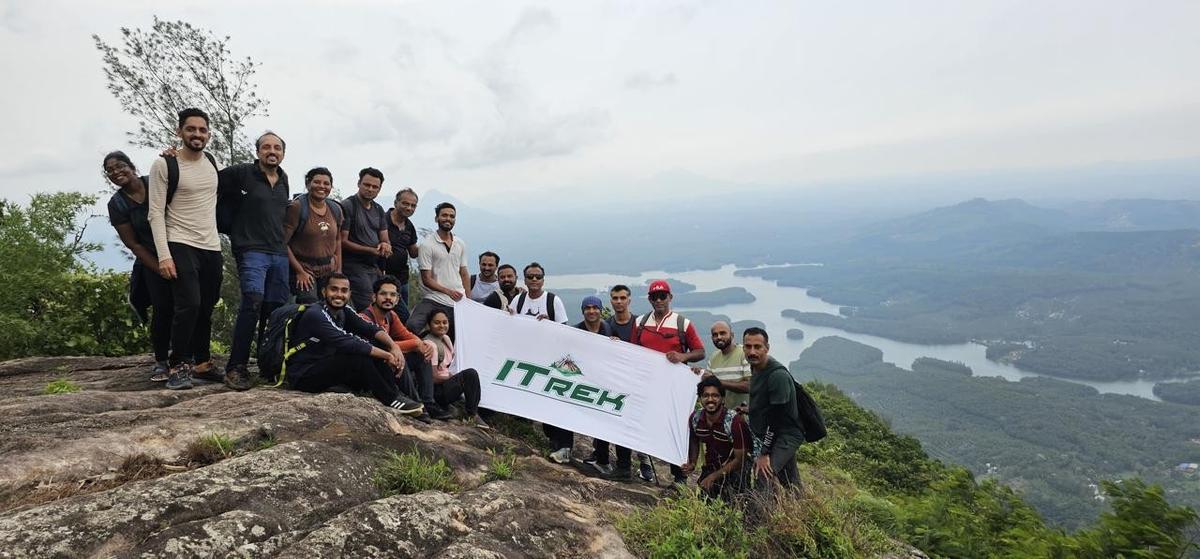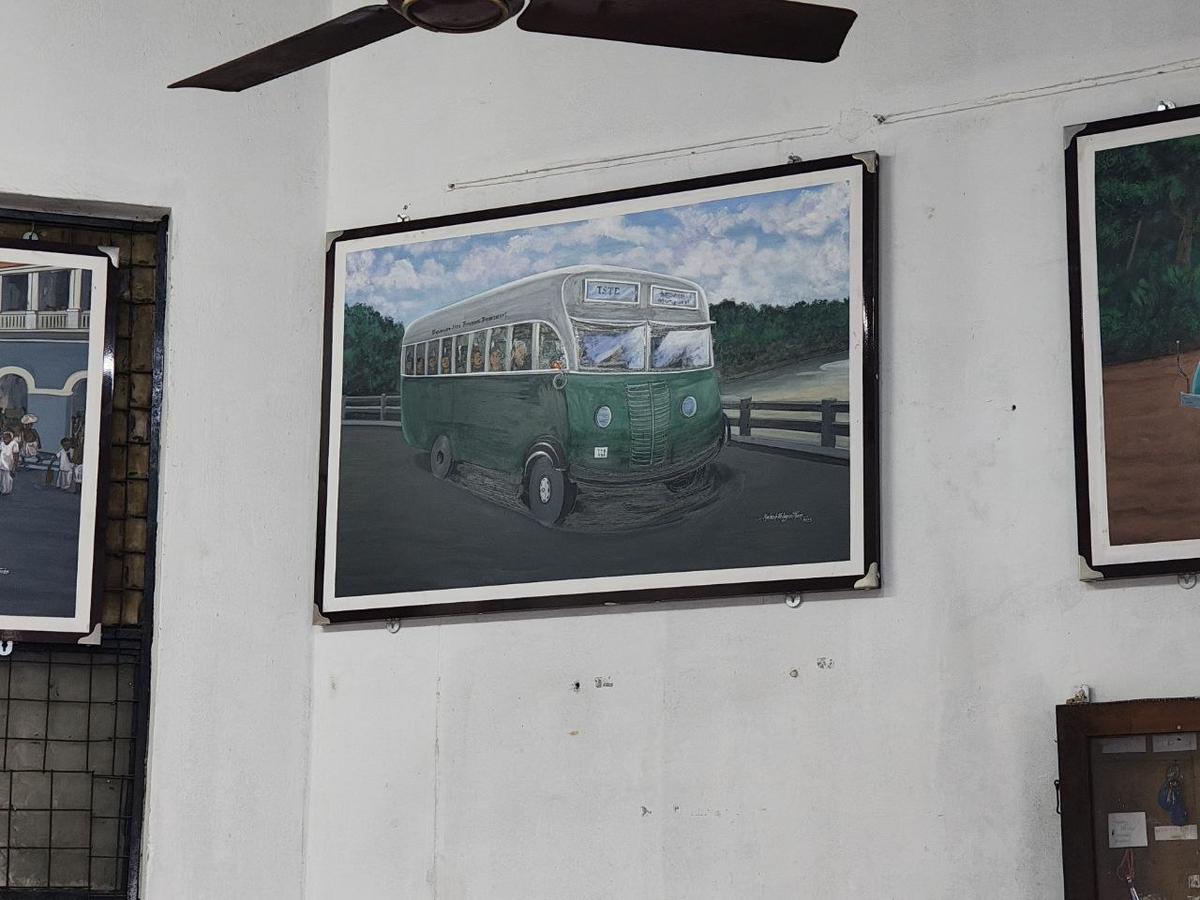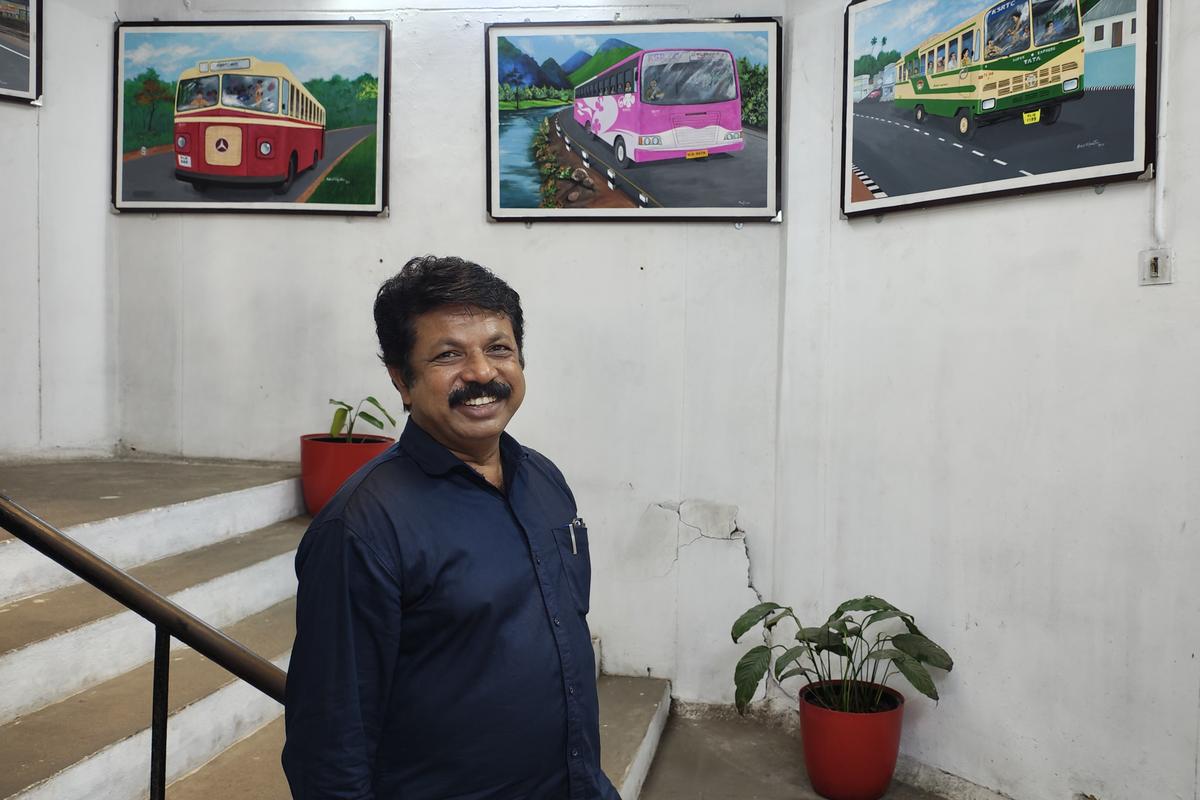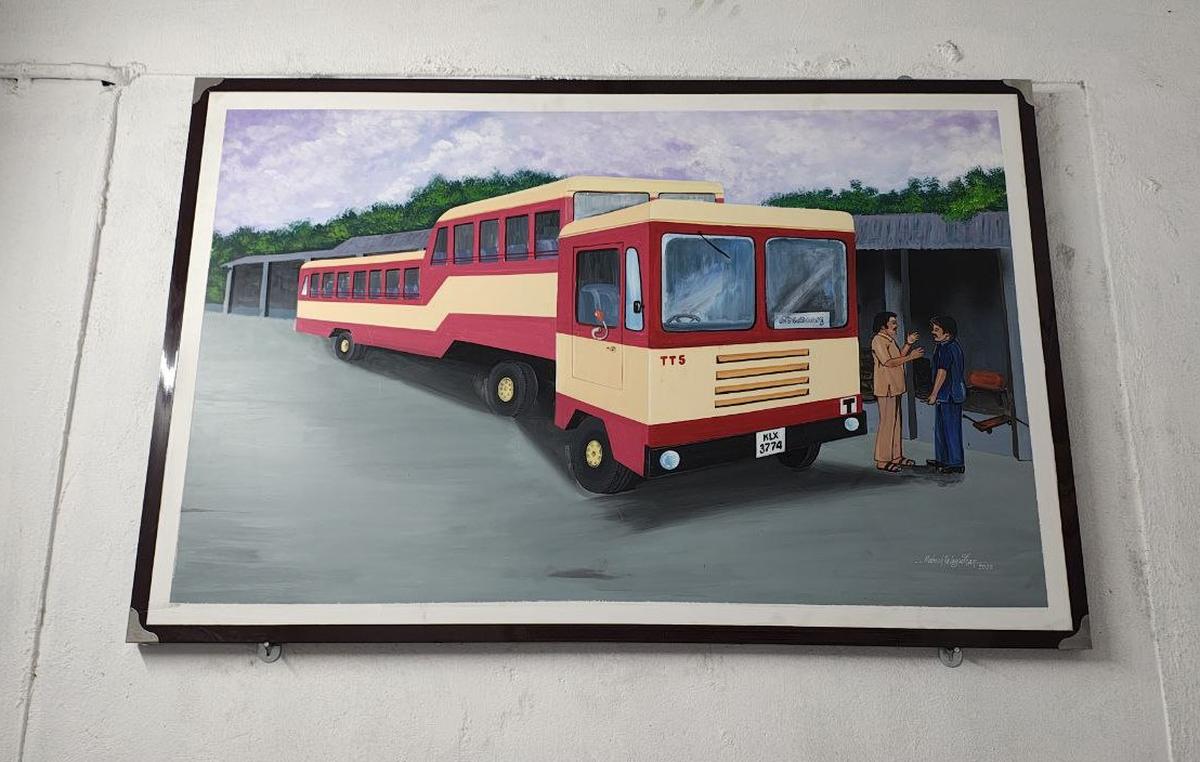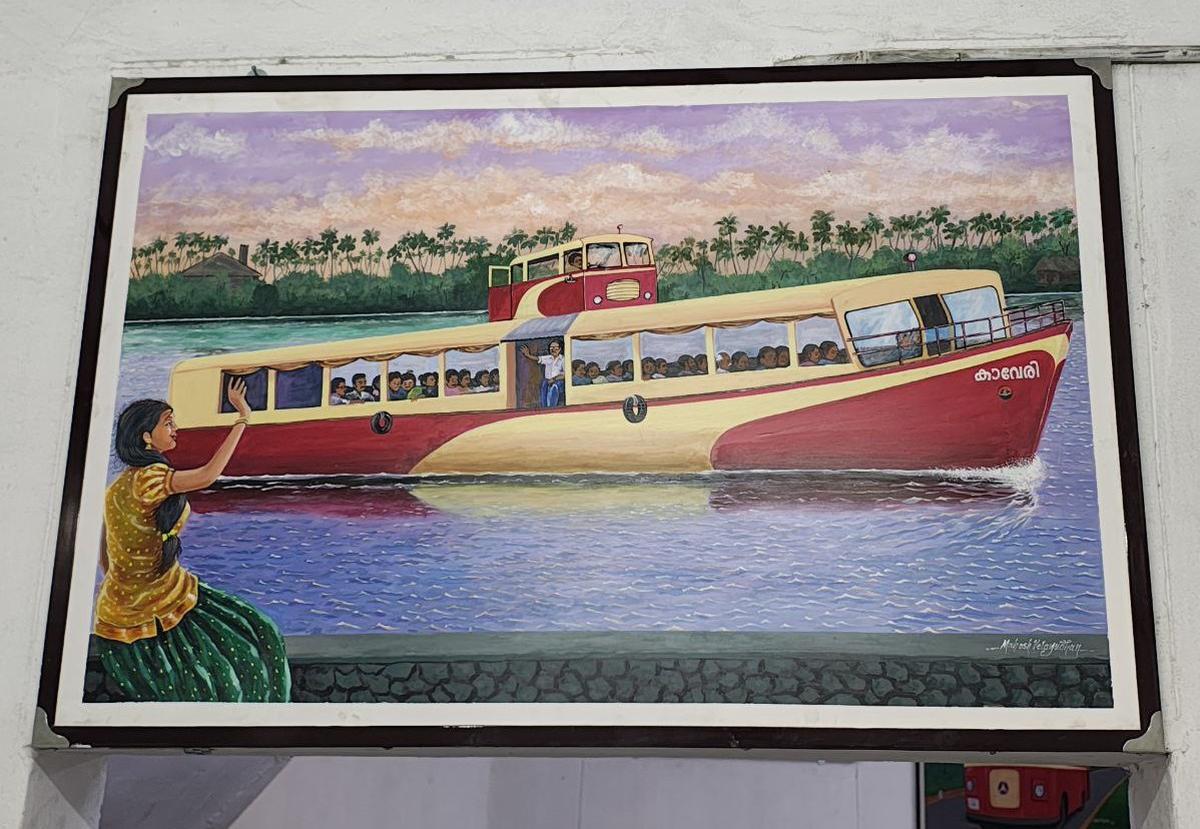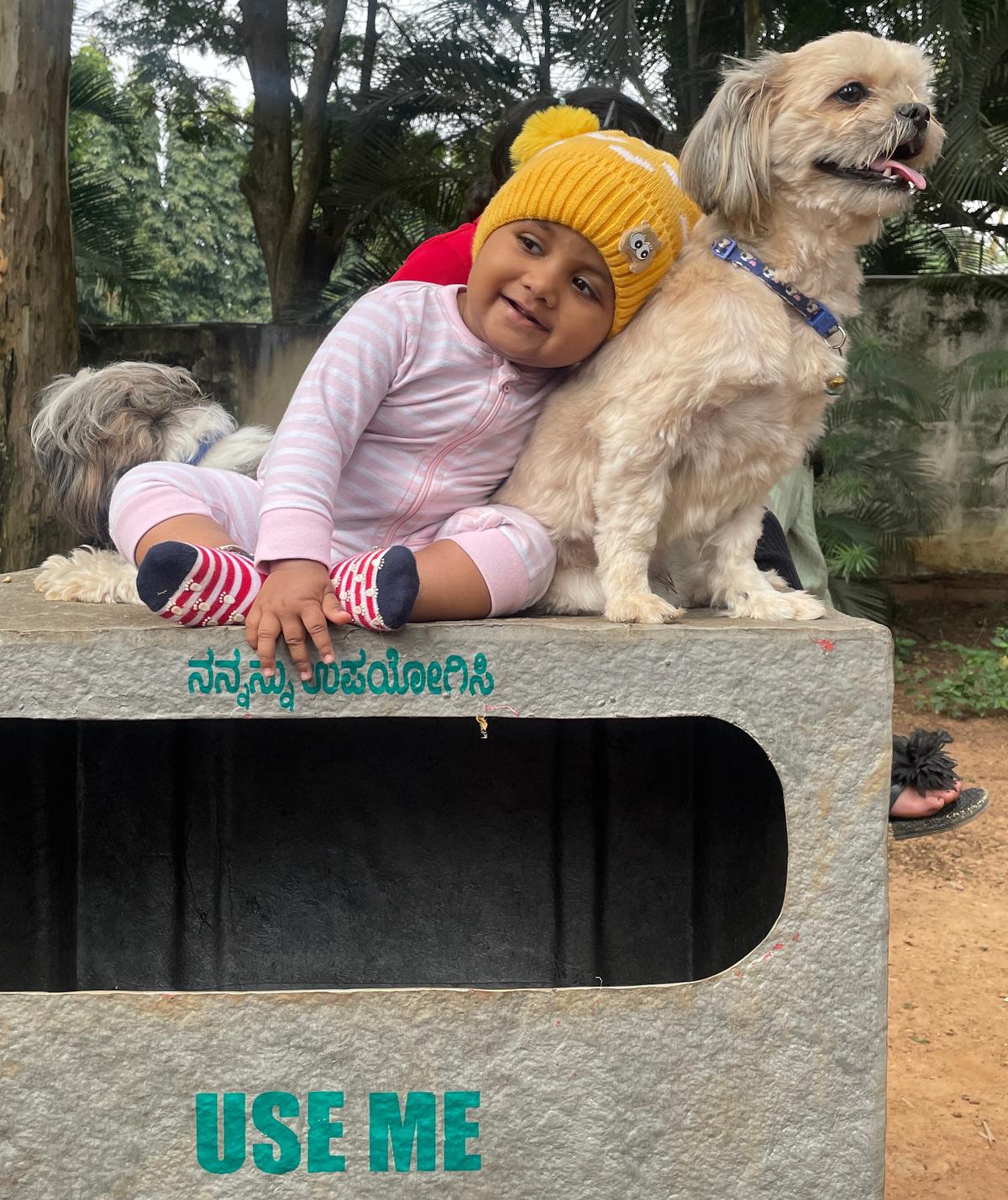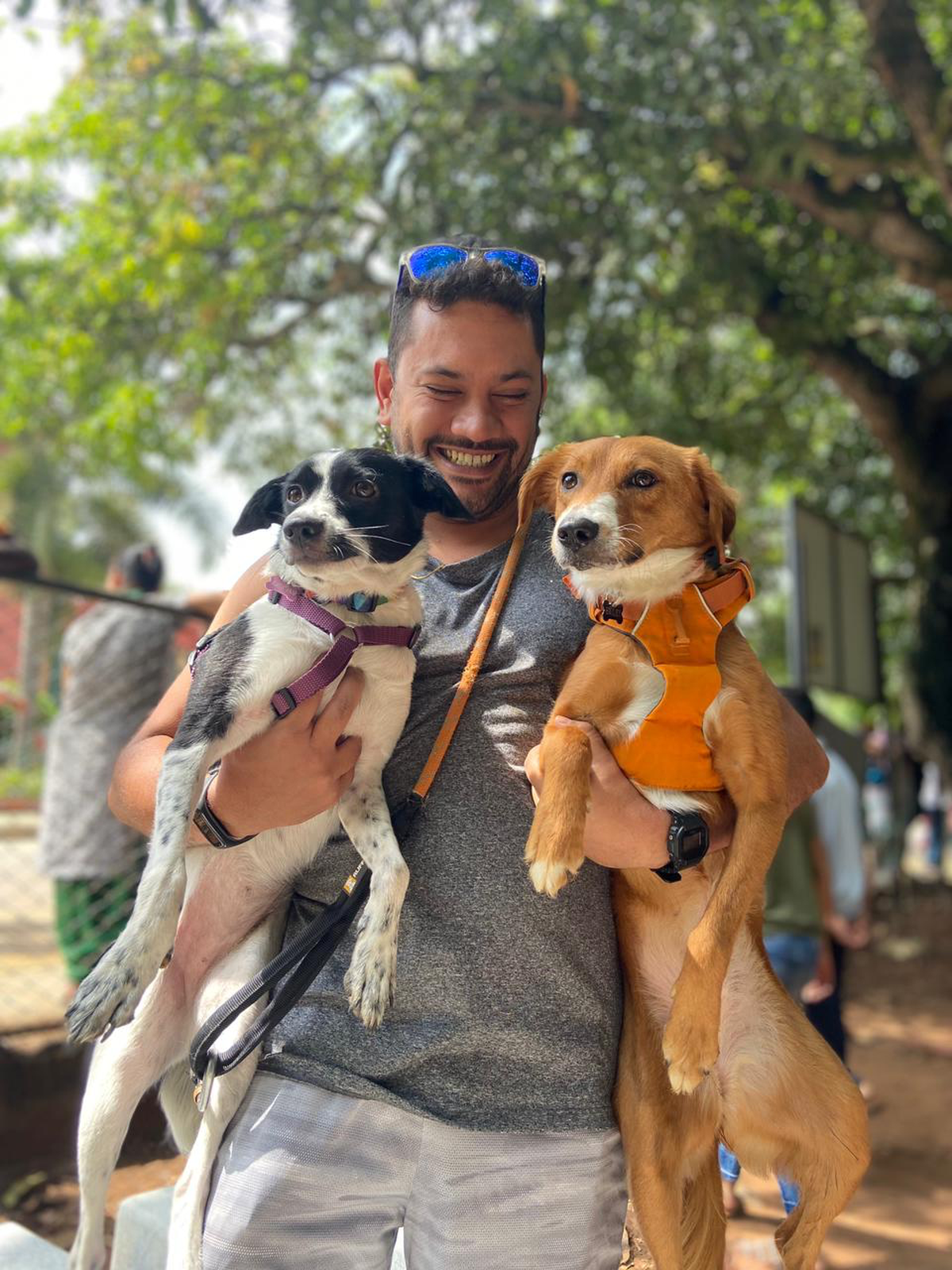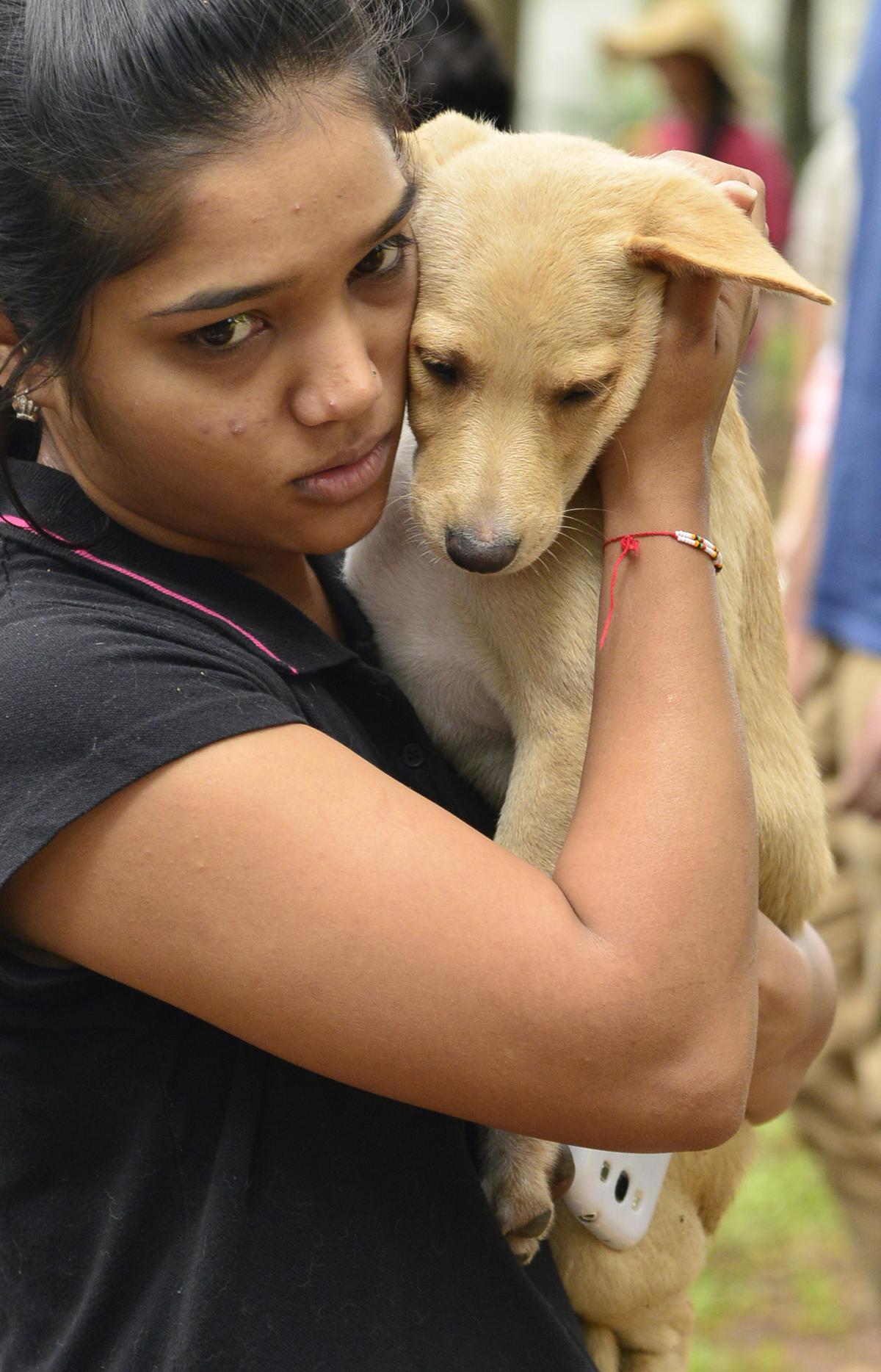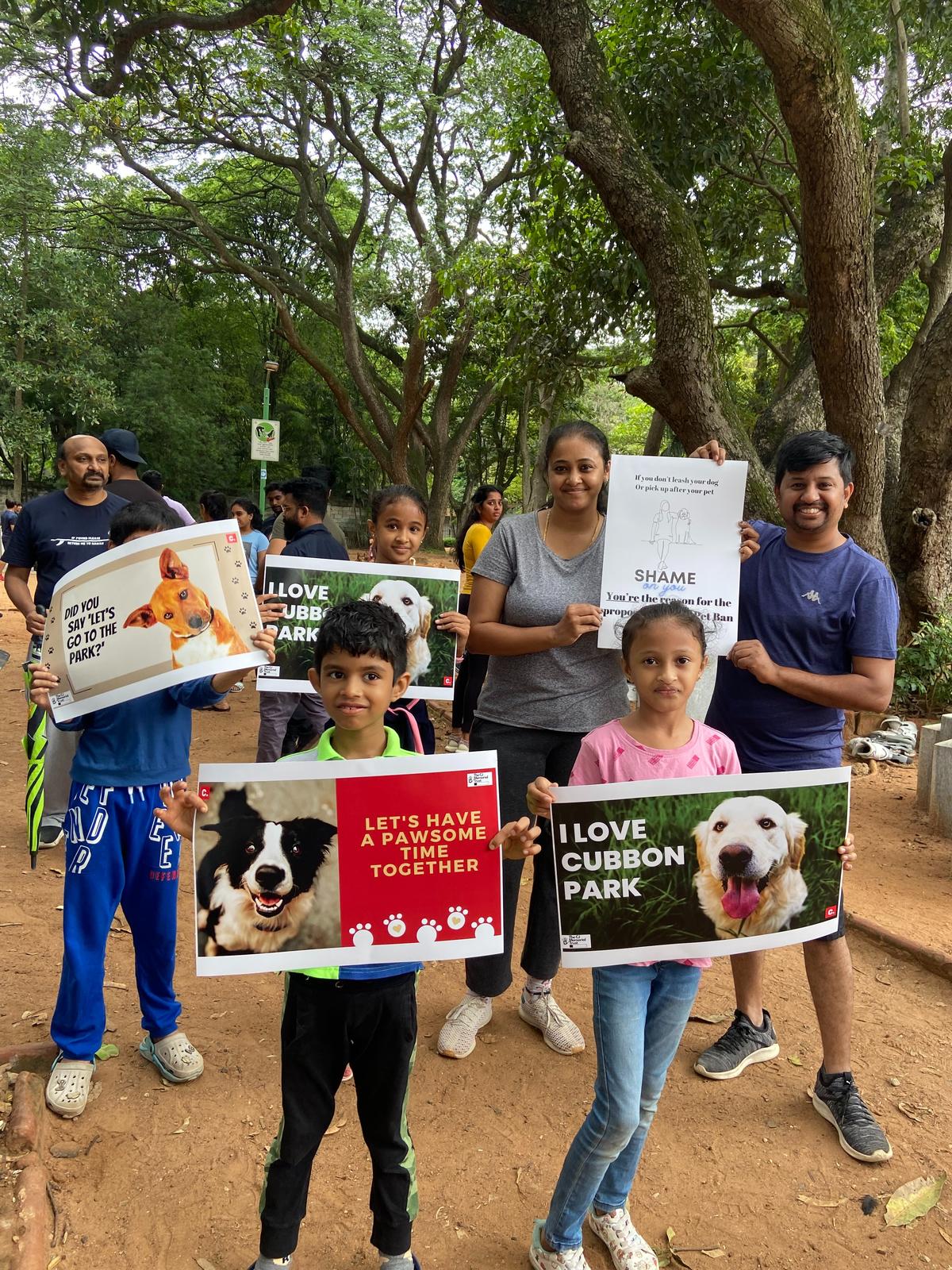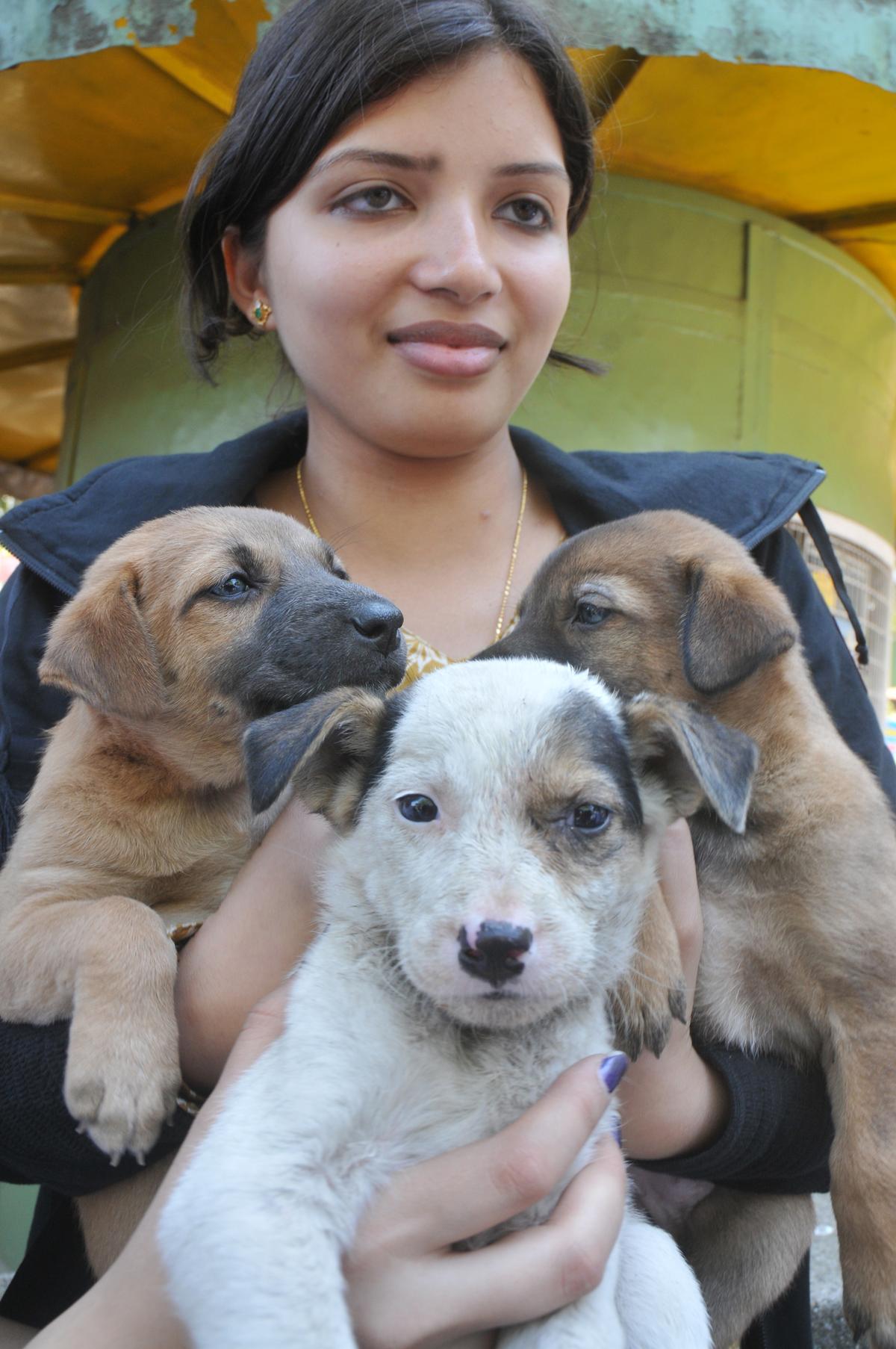When designer Vikram Goyal speaks of his work, he often brings up three anchors: contemporary design, handmade craft, and stories drawn from India. Those ideas come together in his latest exhibition in Chennai, where his brands Vikram Goyal Studio, known for its sculptural furniture; and Viya, his label of everyday objects, come together.
“I want visitors to experience the breadth and depth of India’s cultural heritage as told through craft and design,” he says. The presentation brings together Vikram Goyal Studio’s furniture and panels made using repoussé (a technique in which designs are hammered into metal sheets from the reverse side to create raised relief); alongside Viya’s artisanal lifestyle objects in metal, cane, textiles, and soft furnishings.
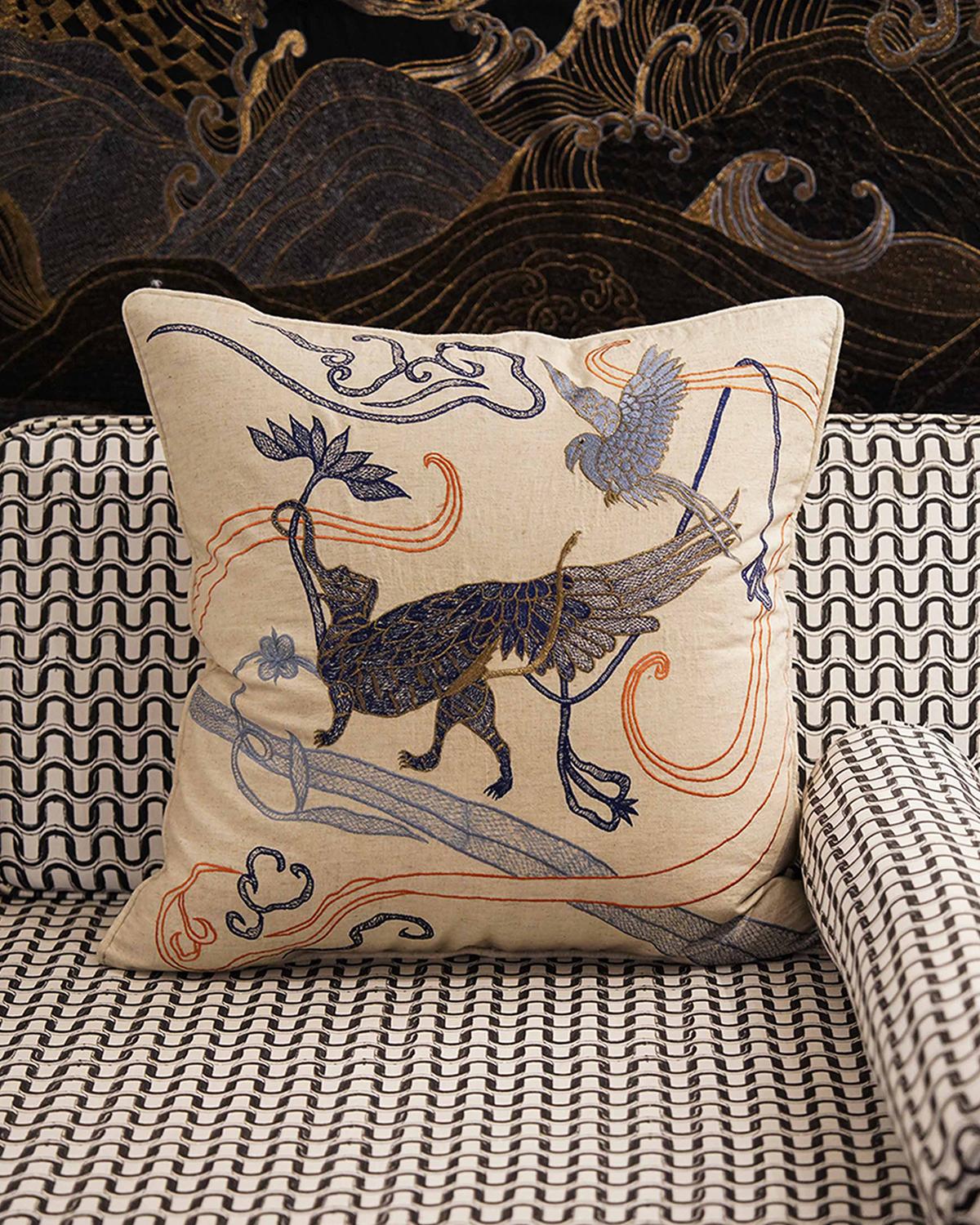
Soft furnishings from Viya
| Photo Credit:
Special Arrangement
Among the highlights from Vikram Goyal Studio are the deity panel of Lord Balaji, a cabinet with peacock motifs, and the dreamscape coffee table. “I love this 17th-Century Rajput manuscript called the Book of Dreams. Each miniature painting depicts different talismans or elements of good fortune. Bringing those elements into my furniture pieces was joy,” Vikram says, referring to the table. These are complemented by Viya, the lifestyle label, which brings the same attention to material and story into everyday objects such as soft furnishings, brass and metalware, cane furniture, block-printed textiles and lighting.
Each piece at Vikram Goyal Studio begins as a concept developed collaboratively between designers and artisans. “We have a large number of designers and artisans. When we ideate, we make wooden samples, then metal samples. Once approved, we make a larger prototype and then the final piece,” Vikram explains. Traditional methods such as hollowed joinery or pietra dura inlay (a technique of fitting coloured stones into metal or marble to form detailed patterns) are combined with experimentation in scale and finish.
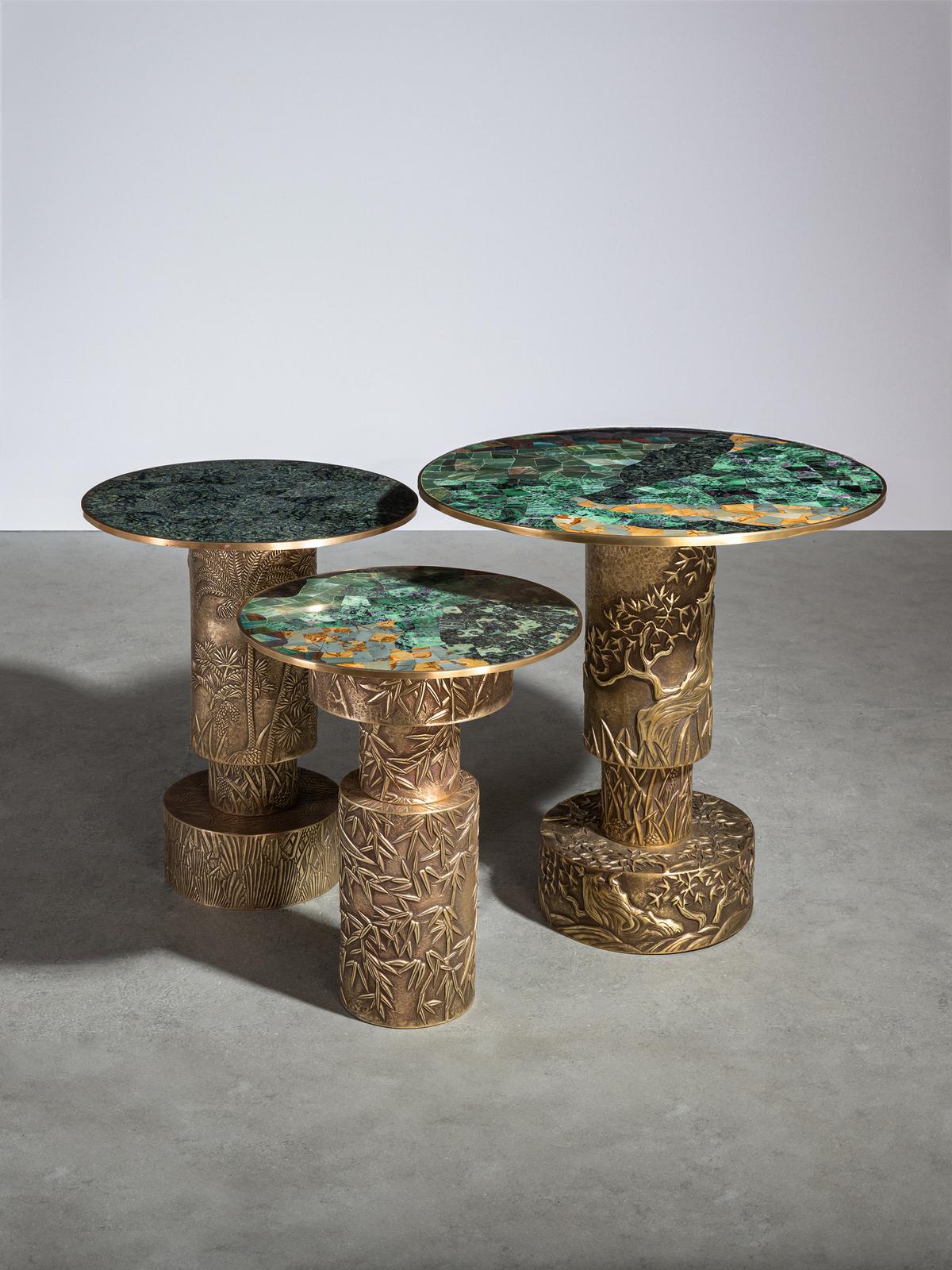
Fort Kochi side tables
| Photo Credit:
Special Arrangement
Vikram has a long association with Chennai, dating back to his college days, and work with clients in the city. He has designed interiors for private homes here and presented his book Shringara of Shrinathji at the Boat Club and Madras Club, cultivating a familiarity with its cultural landscape. “Chennai is a real bastion of tradition and culture,” he says. “Many people here have a great appreciation of craft and design, and I’ve been fortunate to see how well they respond to work that blends contemporary form with Indian narratives.”
Next month, Vikram will present a series of animal-inspired sculptures at an exhibition in Paris. The works continue his exploration of form, craft, and narrative. “We are always experimenting with scale and material, whether it’s a large sculpture or a functional object,” he says. The show is co-curated by Preethi Krishna, Ranvir Shah, Sharan Apparao, Soumya Keshavan, Vikram Phadke, and Vikram himself.
The Vikram Goyal Studio and Viya showcase will be on view at The Folly, Amethyst, from 22 to 25 September.

